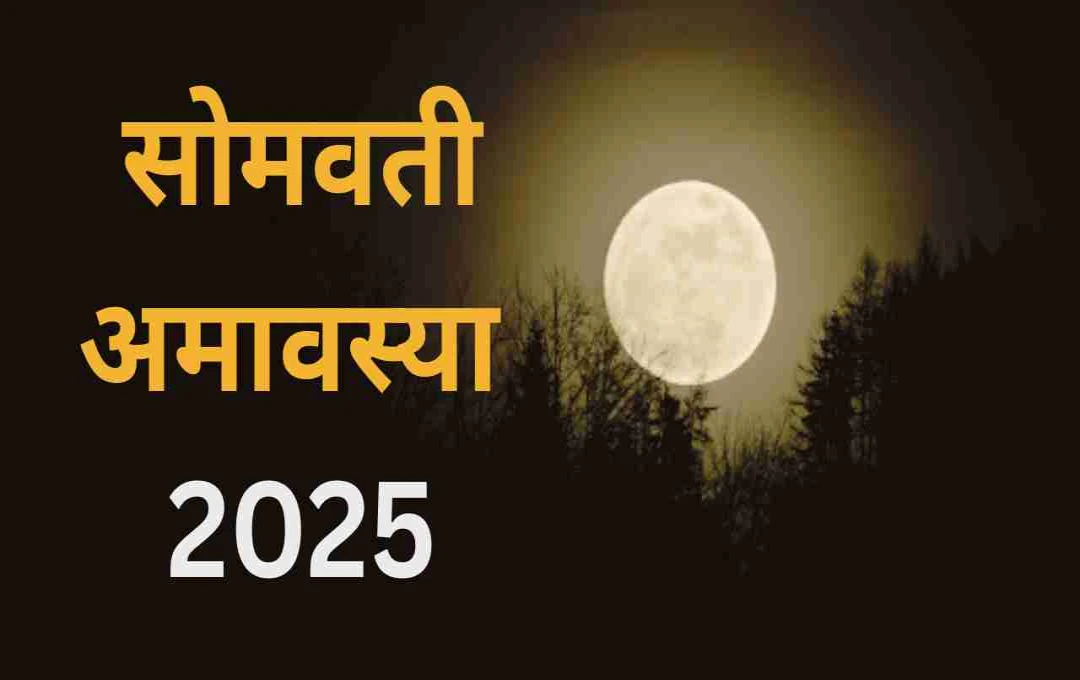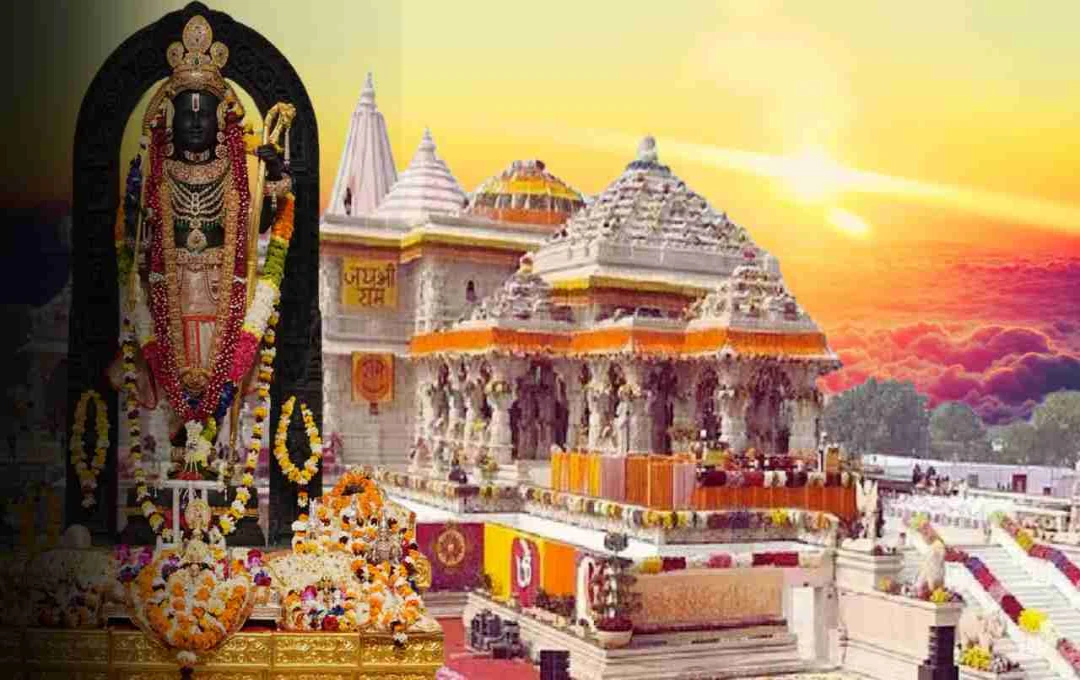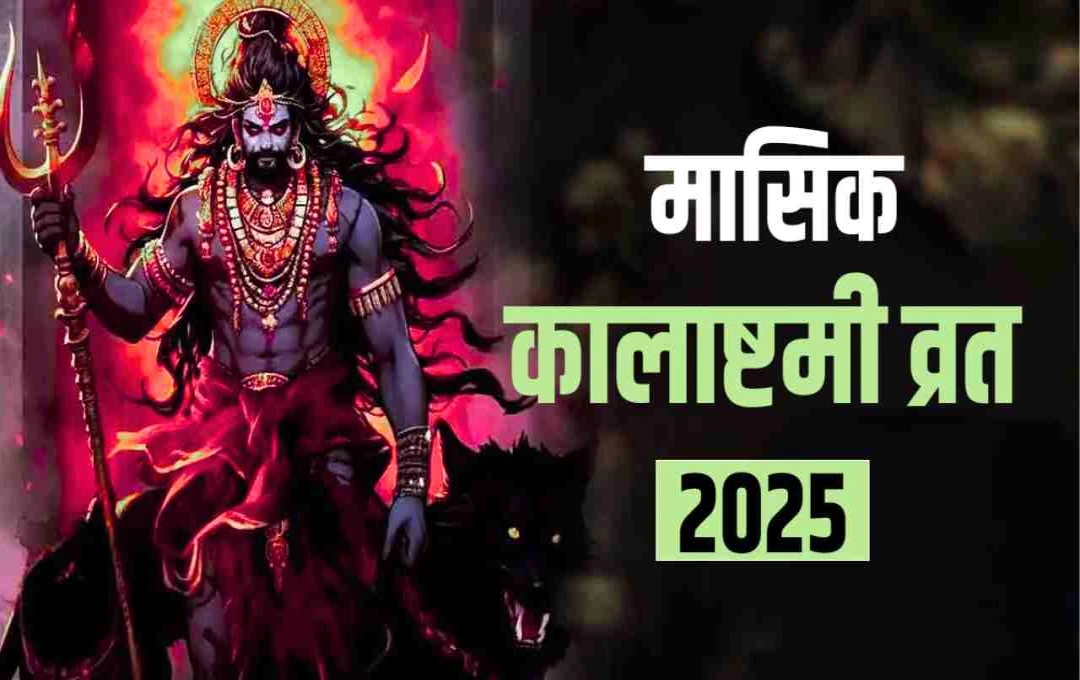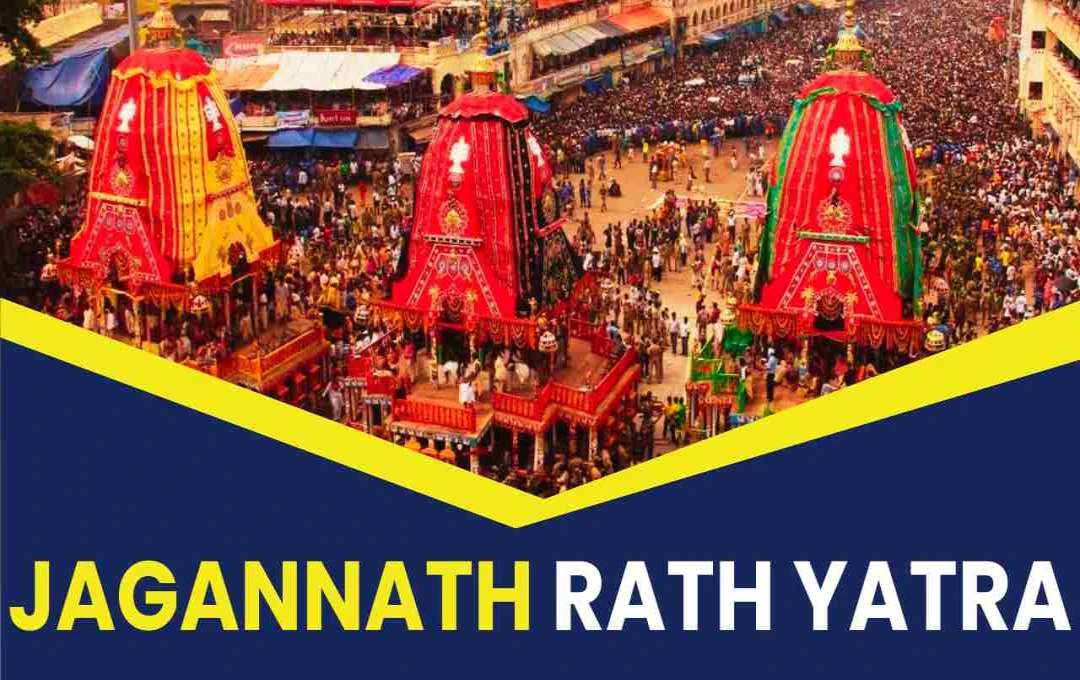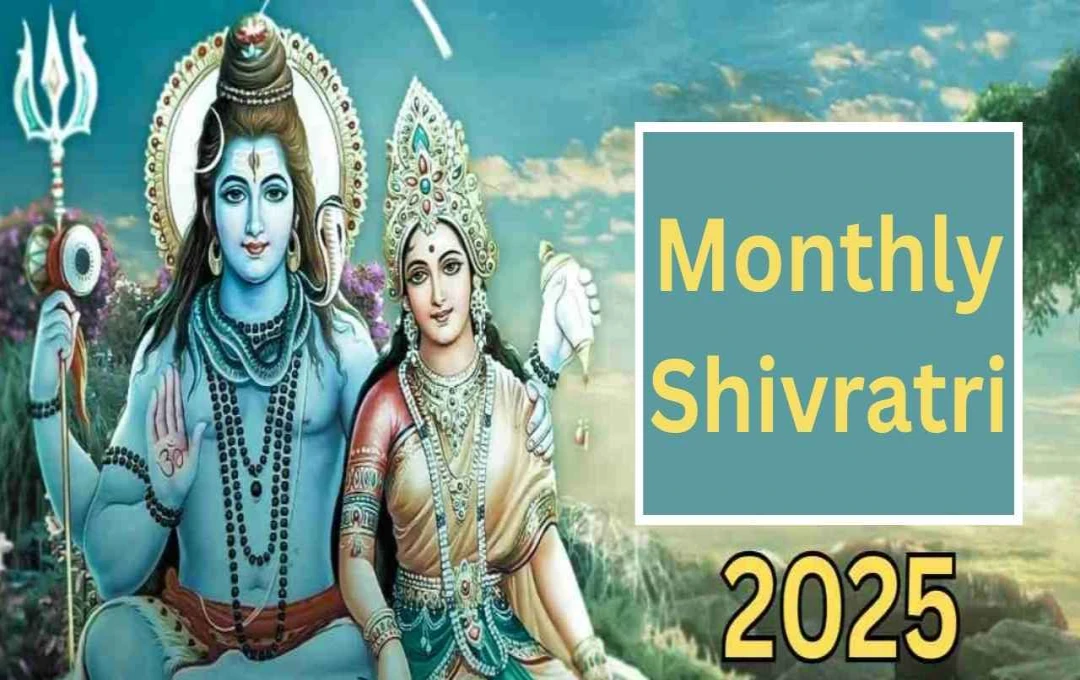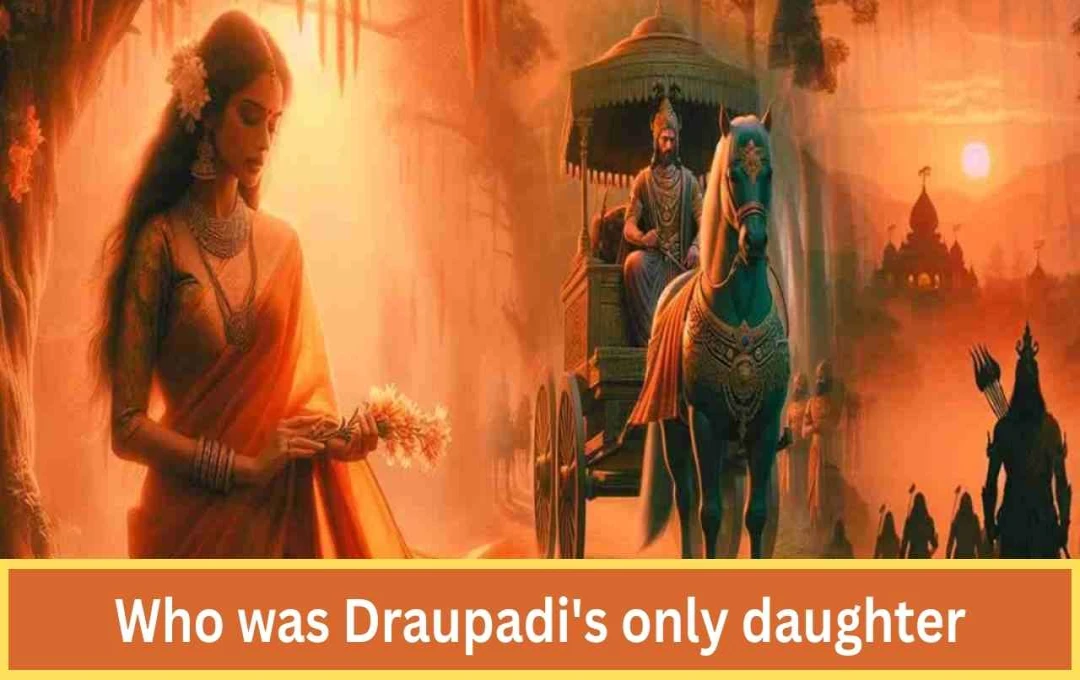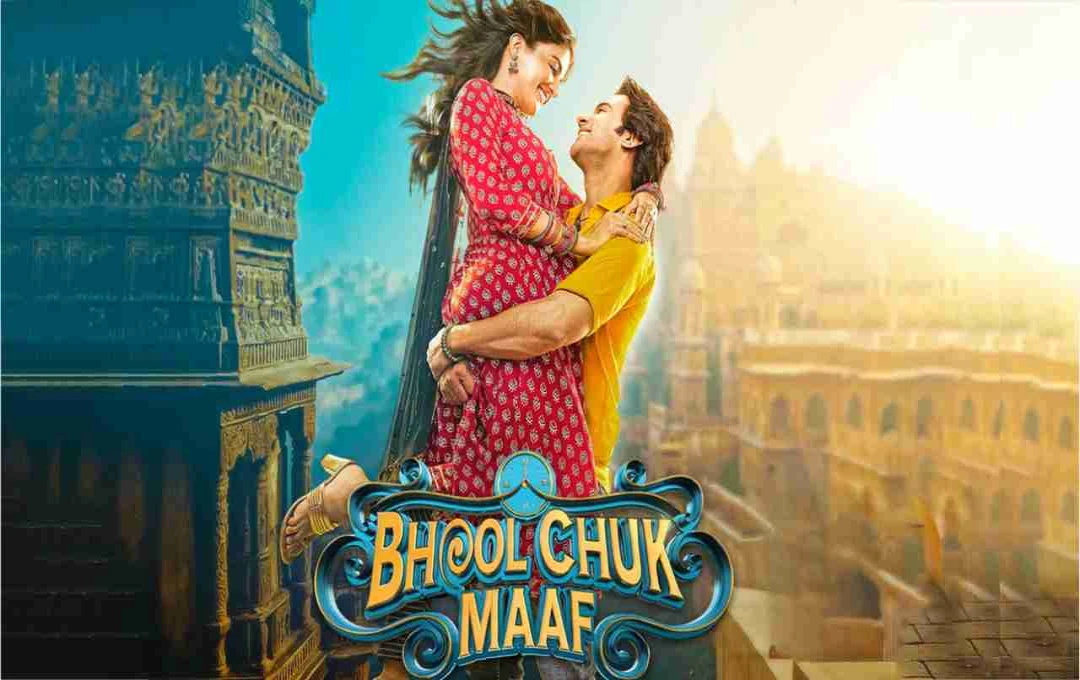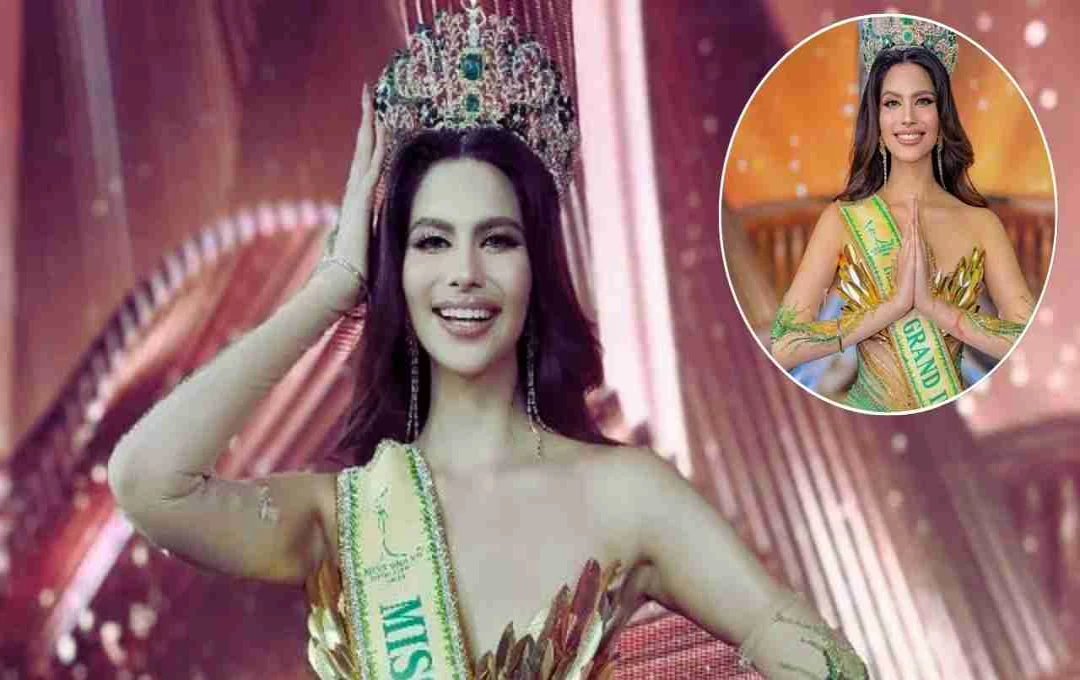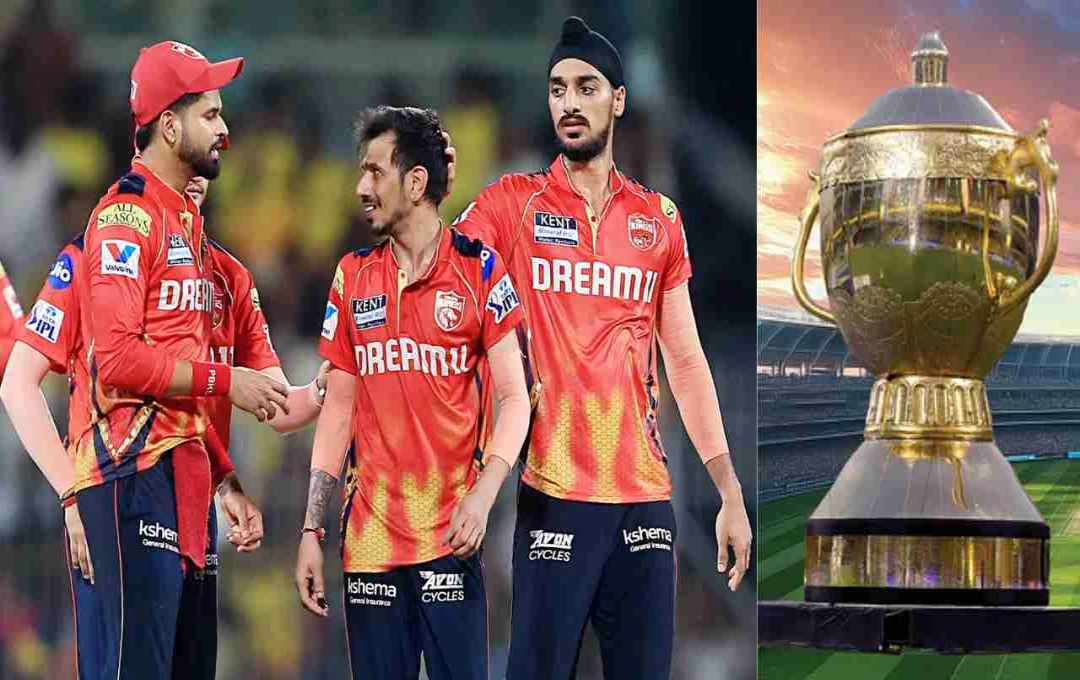The Mahabharata is not merely an epic of war, but a vibrant testament to Sanātana Dharma. The characters, weapons, and principles described within continue to inspire even today. Among these is Arjuna, the foremost Pandava warrior, and his divine bow, Gāṇḍīva, whose resonant twang not only shook the battlefield but instilled fear in the hearts of enemies.
Gāṇḍīva: Forged from the Bones of Maharshi Dadhichi – A Unique Legacy of Tapas
The Gāṇḍīva bow was no ordinary weapon; it was an embodiment of penance, sacrifice, and divinity. Its origin stems from a wondrous and sacred event. According to mythology, when the demon Vṛtrāsura wreaked havoc across the three worlds, the gods were unable to defeat him. All their weapons proved ineffective. They sought Brahma's help. Brahma revealed that to vanquish Vṛtrāsura, a divine weapon was needed, forged from the bones of a great ascetic – Maharshi Dadhichi.
Upon hearing that his tapas could protect creation, Maharshi Dadhichi selflessly sacrificed his life. Several divine weapons were crafted from his bones, including the Gāṇḍīva bow. This Gāṇḍīva was later bestowed upon Arjuna, who wielded it in the Kurukshetra War. The bow was not merely a weapon; it contained the energy of Dadhichi's penance and sacrifice, amplifying its power.
Gāṇḍīva's Journey to Arjuna
The Gāṇḍīva bow's story is unique. It initially belonged to Varuna, the god of water. Varuna gifted it to Agni, the god of fire. Later, when the time came to burn the Khandava forest, Agni sought Arjuna and Krishna's assistance. Arjuna, dedicating his full strength to aiding Agni, impressed the fire god, who then bestowed upon him the divine Gāṇḍīva bow and the inexhaustible quiver (Akshaya Tarakasha).
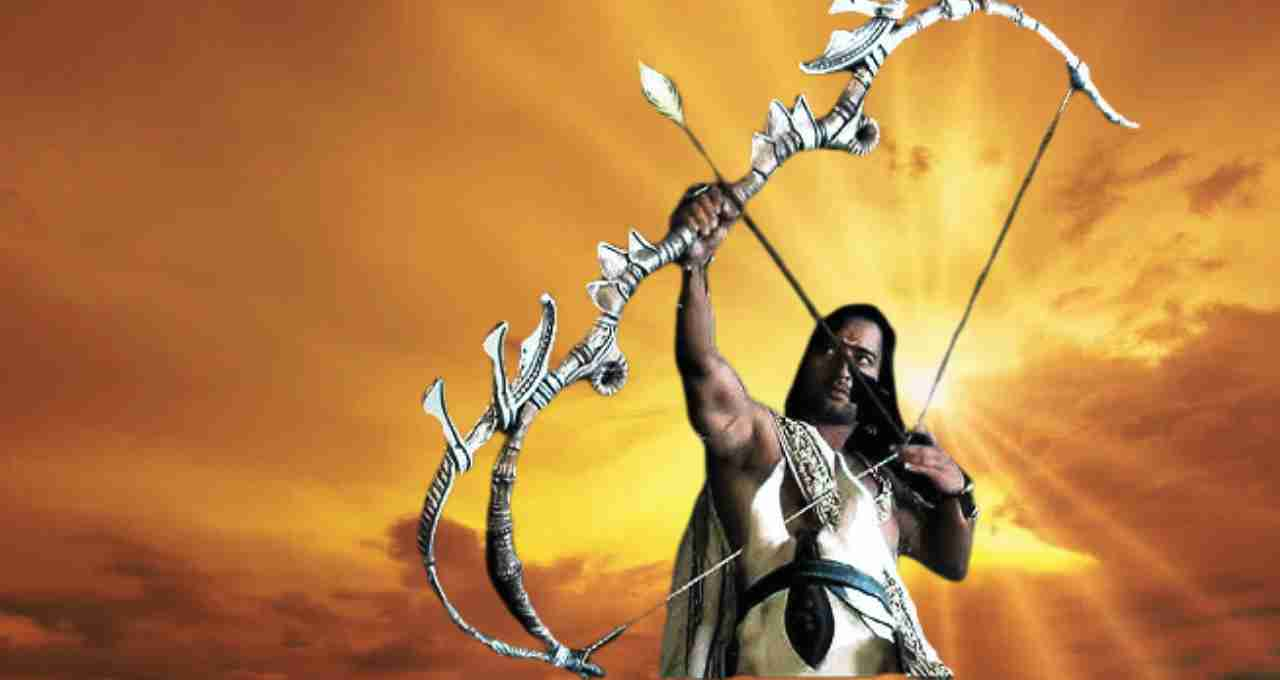
Gāṇḍīva was more than a bow; it functioned as a sentient weapon. It's said to have understood Arjuna's emotions and intentions. Whenever Arjuna entered the battlefield, Gāṇḍīva would prepare itself. The sharp sound it emitted upon being drawn instilled fear in his enemies. It symbolized not only strength but also the bond between Arjuna and dharma (righteousness).
The Twang of Gāṇḍīva: A Mighty Roar on the Battlefield
In the Mahabharata war, the twang of Arjuna's Gāṇḍīva bow was among the most distinctive and fearsome sounds. As Arjuna strung his bow and drew the string, a sharp, resonant sound echoed. This twang was so powerful that the entire battlefield trembled. It was not merely a sound; it signaled Arjuna's entry into the fray to uphold dharma. It warned the enemy that the power of righteousness was about to prevail.
This twang affected not only enemy warriors but also the surrounding animals and birds. Fear caused birds to take flight, and sometimes, even soldiers faltered. The twang of Gāṇḍīva became symbolic of Arjuna's inner strength, penance, and self-confidence. It represented not only his power but also the voice of his commitment to dharma and truth.
Akshaya Tarakasha: The Inexhaustible Quiver
Along with the Gāṇḍīva, the most remarkable divine object Arjuna received during the Mahabharata war was the Akshaya Tarakasha, the inexhaustible quiver. This was no ordinary quiver; it was a miraculous one that never ran out of arrows. No matter how many arrows Arjuna used, the quiver remained perpetually full. This ensured Arjuna never lacked ammunition, allowing him to fight relentlessly.
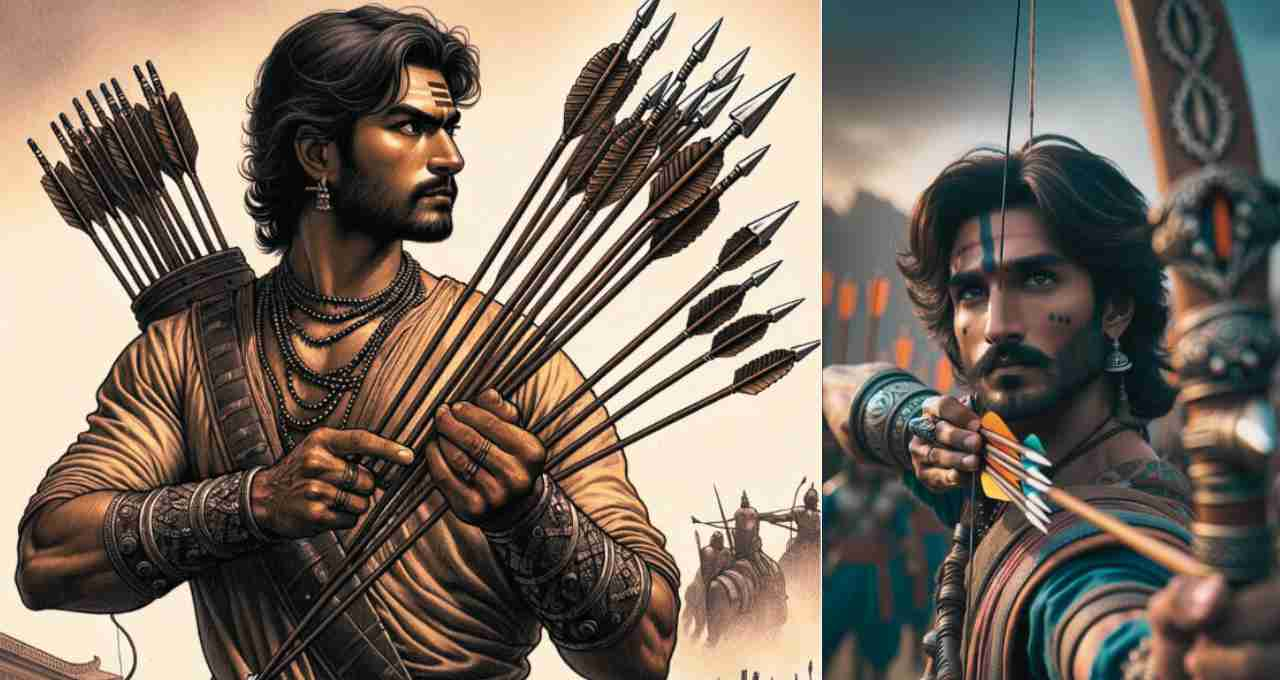
Some mythological accounts state that arrows fired from this quiver returned after hitting their target. This was not just a tactical advantage; it was a divine blessing, signifying that the universe supported Arjuna in his fight for dharma. The Akshaya Tarakasha became a symbol of Arjuna's self-belief, faith in God, and commitment to righteous war.
The Unbreakable Bond Between Arjuna and Gāṇḍīva: A Relationship Like Soul and Body
The relationship between Arjuna and his divine bow, Gāṇḍīva, transcended that of a warrior and his weapon. It was a profound connection, akin to the bond between soul and body. The Mahabharata mentions several instances where Gāṇḍīva would activate itself when Arjuna contemplated war or a target. It seemed as if Gāṇḍīva could read Arjuna's thoughts. It was not merely a weapon; it was an extension of Arjuna's consciousness.
Gāṇḍīva was fully capable of understanding Arjuna's mental state, temperament, and battlefield strategy. This is why it's called a 'Chetan Astra' – a weapon possessing a life-like sentience. Whenever Arjuna fought for dharma, Gāṇḍīva stood as his truest companion. Their bond demonstrates that when a person's intention is pure, nature itself stands by them.
Gāṇḍīva's Role in the Mahabharata War
Arjuna's Gāṇḍīva bow played a crucial role in the eighteen-day war of the Mahabharata. It was not just a weapon; it had become a symbol of the defense of dharma. Whenever Arjuna wielded Gāṇḍīva, its twang sent shivers down the enemy ranks. Particularly during his confrontations with Bhishma Pitamaha, Karna, Dronacharya, and Ashwatthama, Gāṇḍīva's power was decisive. During the battle with Bhishma, Arjuna's intense attacks with Gāṇḍīva put immense pressure on the Kaurava army, single-handedly turning the tide of war.
Arjuna's Renunciation of Gāṇḍīva: A Final Farewell After the War
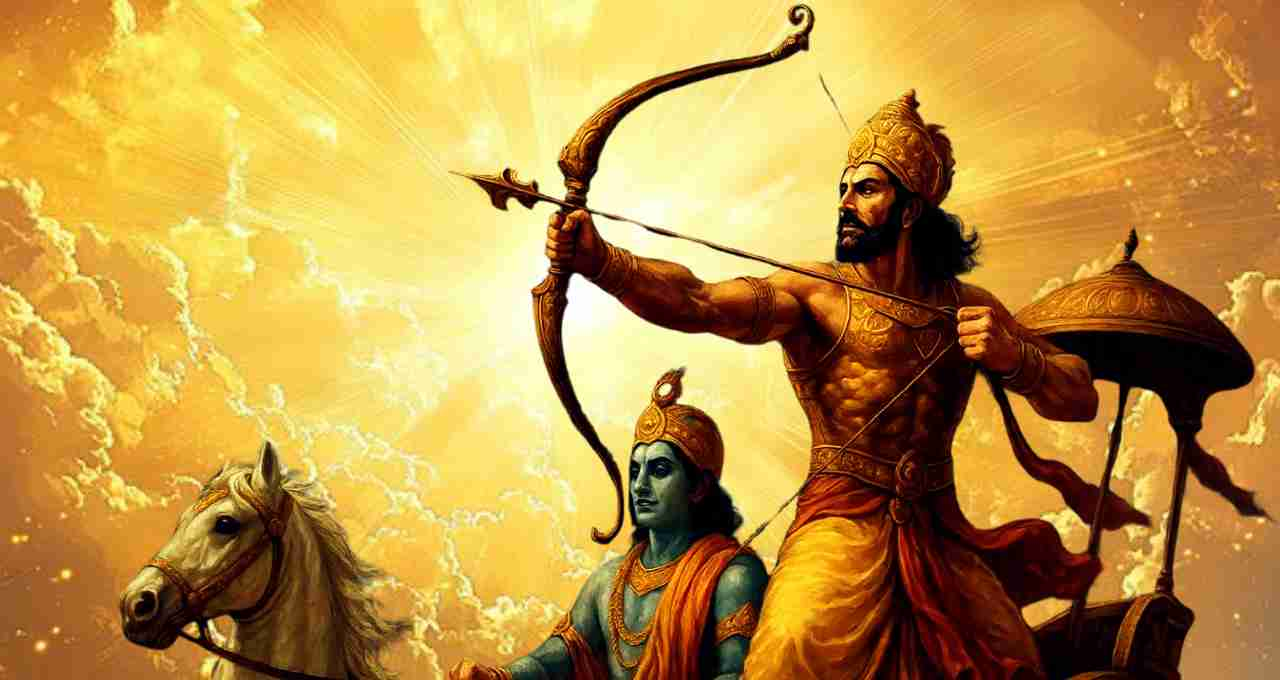
With the Mahabharata war concluded, dharma established, and Krishna signaling his departure from Earth, Arjuna returned his most trusted companion, the Gāṇḍīva bow and Akshaya Tarakasha, to Varuna. This was not just the relinquishing of a weapon; it carried a profound spiritual message. Arjuna understood that the time for war was over and the era of peace and a new age had begun. It symbolized that weapons should only be used when necessary to protect dharma. With dharma established, Arjuna bid farewell to his weapons – a testament to a warrior's greatness and spiritual understanding.
Gāṇḍīva: A Symbol, a Consciousness, a Legacy
Gāṇḍīva was more than just Arjuna's bow; it symbolized the deep consciousness of Sanātana Dharma. This consciousness teaches us that when our resolve is pure and our path aligns with dharma, we fear no difficulty and bravely fight against adharma (unrighteousness). Gāṇḍīva demonstrated that a warrior's true strength lies not in his weapon, but in his mind and dharma.
Even today, when discussions arise concerning the battle between dharma and adharma, Arjuna and his Gāṇḍīva are remembered with respect and inspiration. It conveys a message not only of valor but also of piety, restraint, and wisdom. Gāṇḍīva's legacy reminds us that a true warrior is one who fulfills their duties according to dharma and remains unwavering in their commitment. This is why Gāṇḍīva continues to live on, not merely as a bow, but as a spiritual symbol.
The Gāṇḍīva bow was a divine weapon, forged from the energy of penance, sacrifice, and dharma. In the hands of a great warrior like Arjuna, it transcended being merely a weapon; it became an instrument of justice. Forged from the bones of Maharshi Dadhichi, this bow remains a symbol of reverence and valor in Sanātana culture.


